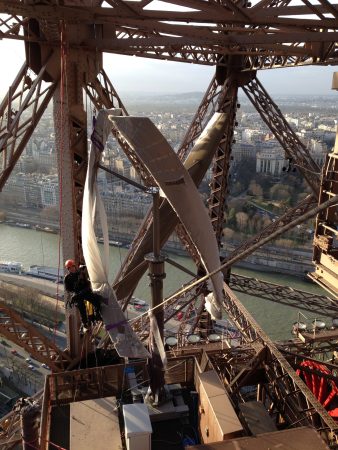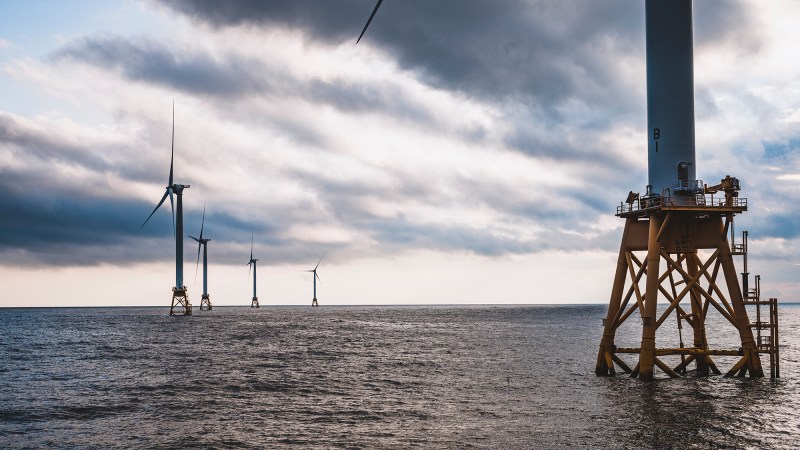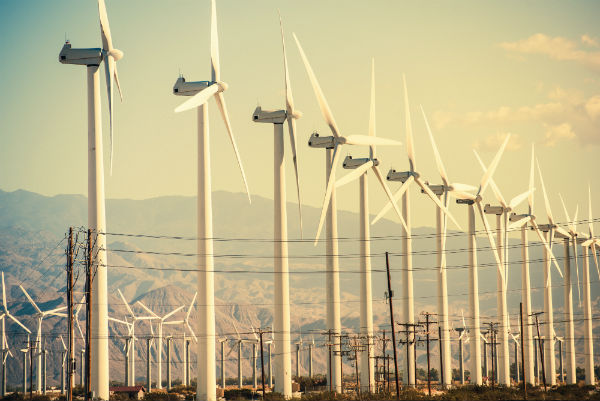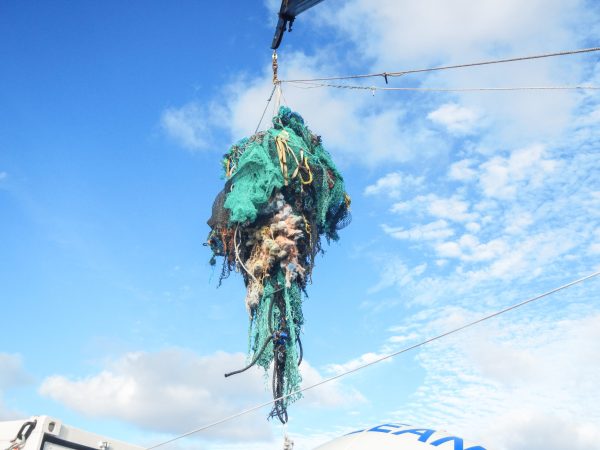


The semester kicked off with a one-question pop quiz — hot or not?
Psychologists at the University of Texas asked students in a small class to rate the desirability of their peers. At the start of term, students tended to agree on who was attractive. But, when asked again three months later, their answers diverged. After getting to know their classmates, students gravitated toward people they may have initially overlooked, taking an interest in those they found especially warm, smart, funny or intriguing.
Attraction, the results suggest, is subtle and complex, and it can change over time. This insight applies equally to our judgments of food, art, music, architecture and design. Perceptions of beauty are not stable, nor are they universal. Rather, they are constantly shaped by our values, attitudes and beliefs.
Nowhere is this more evident than in the debate over wind energy. Depending on your ideas about renewable power, you may view a towering, twirling wind turbine as the paragon of elegance or a hideous monstrosity.
“Certain aesthetic experiences are conducive to human flourishing. The others do the opposite,” said Yuriko Saito, professor of philosophy at Rhode Island School of Design and author of Aesthetics of the Familiar. “Aesthetics is the fundamental vehicle that we have to negotiate this world through our senses.”
For some, Saito explained, lofty, white turbines represent progress, safety, cleanliness. For others, they are a blight on nature and symbol of environmentalism run amok. When they gaze upon the same wind farm, they see two different things.

“We are sensuous creatures. We are sensing the world through our body all the time, through vision, hearing, smell, taste and touch,” she said. “But we are not purely sensuous creatures. We are also rational creatures, so we created a culture which values certain sensory experiences over others.”
People value, for example, the sight of a vibrant forest, which represents health and vitality. They abhor the view of a dirty factory, which suggests contamination and decay. But they are split as to the value of a prairie wind farm. “I think what happens is that many people have almost a knee-jerk reaction against any kind of machinery on the landscape, particularly in their backyard,” Saito said.
Even to many environmentalists, wind energy represents an enduring threat to nature. Conservationist Jon Boone wrote that wind turbines “betoken rapacious consumption in a conspicuous manner.” Robert F. Kennedy Jr., one of the nation’s leading environmental attorneys, famously opposed a planned wind project off the Nantucket Sound on the grounds that “some places should be off-limits to any sort of industrial development” — never mind that, when seen from the shore, a single turbine would have been roughly the size of a fingernail on the viewer’s outstretched hand.
Conservationist Doug Thompkins took a more radical view, telling the Dark Mountain Project, “When I look at one of those giant turbines, I see the icon of techno-industrial culture,” adding, “The way of thinking that could create those windmills is the same way of thinking that caused climate change in the first place… It requires all the mining, all the alloys, all the computers — the whole scaffolding of civilization. And that scaffolding is undoing the world. That’s what I see when I see your big windmill on the mountain.”

In a light of this opposition, Saito has argued for a “societal effort to improve our ecological literacy and associated aesthetic sensibility.” In other words, if people understood the benefits of wind power, they would see turbines as beautiful — much like the college sophomore who takes a shine to her classmate after discovering their mutual love of horror movies.
To that end, Saito says people should consider how wind turbines measure up to the coal- and gas-fired power plants they are likely to replace. Coal and, to a lesser extent, natural gas contribute to asthma, lung cancer, heart disease, and neurological illness. They are also responsible for smog, haze, and acid rain — to say nothing of their role in fueling catastrophic climate change.
Of course, there are reasonable objections to wind turbines. They can be noisy, intrusive and a danger to wildlife. But, in context, those nuisances are minimal. At a distance, wind turbines are about as noisy as a refrigerator, and they kill fewer birds than conventional power plants.
These facts, Saito argues, accrue the aesthetic value of wind turbines. Imagine, she said, that “you admire a painting, and then you realize that it’s a forgery. Now, the painting itself doesn’t change at all physically. But your experience of that changes. I think that’s what aesthetics has to deal with.”

Admittedly, Saito said, physical attributes are significant. Wind turbines can’t be old, broken, or decrepit, and the individual generators that make up a wind farm should also be uniform in design. Clean energy entrepreneurs fundamentally understand this fact. It’s why Tesla is making roof tiles that double as solar panels. No one can complain about the rooftop panels not blending in with their surroundings.
“Skin is really important, and I never want to discount that, but whether or not the appearance of the skin can be affected by the deeper cognitive, associative things that I get to know about the object — that’s where the issue stands,” she said.
If climate change is as grim as scientists suggest, then wind energy is essential. David Roberts writes in Vox, “To absorb the full implications of climate change is to realize that even a level of action beyond what’s reasonable to hope for can at best avert the worst of the damage.” He adds, “It means preferring the lower carbon strategy even if other things you value must be sacrificed, even if the lower carbon strategy is suboptimal in light of your other preferences and priorities.”
Perhaps, as temperatures rise and heat waves descend on our cities, and seas encroach on our shores, the wind turbines arrayed against our mountains, meadows, and coasts will take on a new sheen. Saito points out that many great works of engineering, art, and architecture were pilloried upon their unveiling. Newspapers decried the Statue of Liberty as “neither an object of Art or of Beauty,” the Golden Gate Bridge as “A 35 million dollar steel harp,” and the Eiffel Tower as “an iron gymnasium apparatus, incomplete, confused and deformed.”

In time, each would become an icon, and more than that, a symbol of progress, innovation, liberty, and a source of national and civic pride. Each object remained the same. Only its meaning changed. “My hope is that the objections to wind turbines, maybe a half-century from now, will be looked at the same way,” Saiko said.
Like a college student eyeing a classmate from across the room, or a 19th-century Parisian taking in the Eiffel Tower for the first time, Americans who gaze upon an offshore wind farm may find their initial dissatisfaction transform into curiosity and, eventually, admiration.
“Beauty is in the eye of the beholder,” wrote Irish author Margaret Wolfe Hungerford. That quip is widely known. In a less-remembered — though equally apt — passage from the same novel, she reminded readers that “there is a great deal of beauty everywhere for those who choose to look for it.”
Jeremy Deaton and Owen Agnew write for Nexus Media, a syndicated newswire covering climate, energy, policy, art and culture. You can follow them @deaton_jeremy and @OwenAgnew .























